You will need high-quality potting soil, a shallow container was and a well-lit place to grow lettuce indoors. To prevent mold and other problems, make sure the lettuce receives enough water on a regular basis and has adequate ventilation.
With these steps, you can enjoy fresh, homegrown lettuce throughout the year. Indoor gardening has become increasingly popular, and growing lettuce indoors is both convenient and rewarding.
Whether you have limited outdoor space or simply want to enjoy fresh greens year-round, indoor lettuce cultivation is a great option.
We will explore the simple steps to successfully grow lettuce indoors, including the best varieties to choose and the essential care tips for healthy, thriving plants.
By following these guidelines, you can enjoy a steady supply of crisp, flavorful lettuce right from your own kitchen or windowsill. Let’s dive in and discover the secrets to successful indoor lettuce cultivation.
Choosing The Right Lettuce Varieties
Choosing the Right Lettuce Varieties: When growing lettuce indoors, it’s important to select suitable indoor varieties. Consider your space and lighting to choose the right lettuce varieties. Look for compact or dwarf varieties that require less space.
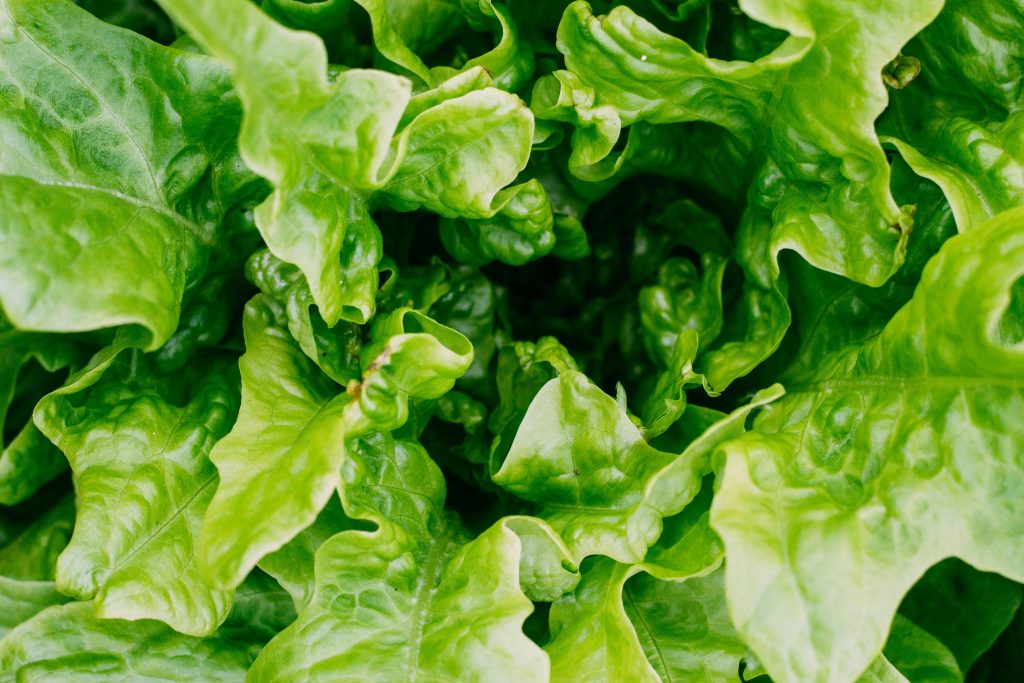
Setting Up The Ideal Growing Environment
Discover the key to growing lettuce indoors by creating the ideal growing environment. Learn how to set up the perfect conditions for successful lettuce cultivation, allowing you to enjoy fresh, homegrown salads all year round.
| Setting Up the Ideal Growing Environment |
|
Sowing And Planting Lettuce Seeds
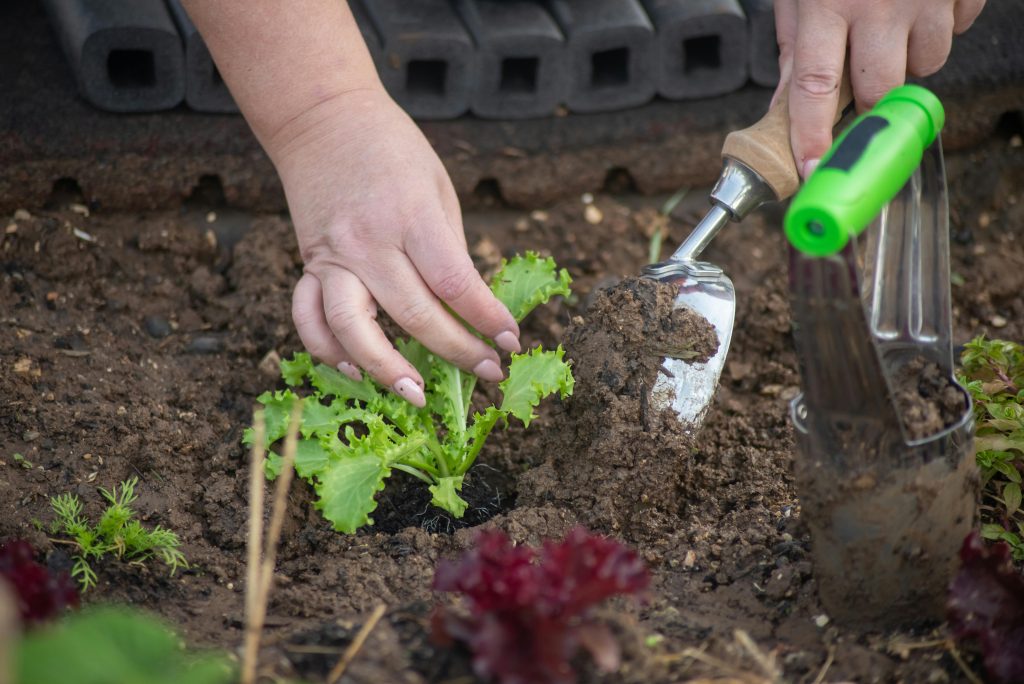
When sowing and planting lettuce seeds indoors, there are a few important factors to consider. First, preparing the planting containers is crucial for the successful growth of lettuce. Choose containers that have drainage holes to prevent waterlogged roots. Fill the containers with a high-quality potting mix that is well-draining.
For sowing the seeds, sprinkle them evenly on the surface of the potting mix and cover them lightly with a thin layer of soil. Keep the soil consistently moist, but not overly saturated, by watering gently.
Once the lettuce seedlings have grown to a suitable size, it is time to transplant them. Carefully loosen the seedlings from the soil and transplant them into larger containers or directly into the garden bed, spacing them appropriately. After transplanting, continue to water the seedlings regularly to ensure their proper growth.
Caring For Indoor Lettuce Plants
When caring for indoor lettuce plants, it is important to pay attention to their watering and fertilizing needs. Lettuce plants require consistent moisture to thrive, so it is essential to water them regularly. However, be cautious not to overwater as excessive moisture can lead to root rot. Ensure the soil is moist but not waterlogged.
In terms of fertilizing, lettuce plants benefit from a balanced fertilizer. Use a nitrogen-rich fertilizer to promote leafy growth. Apply the fertilizer according to the instructions on the packaging, generally every two to three weeks. Remember not to over-fertilize as this can result in burned roots.
Another aspect of caring for indoor lettuce plants is managing pests and diseases. Keep a close eye on your plants for any signs of pests such as aphids or slugs. If you notice any, promptly remove them by hand or use organic pest control methods.
Additionally, regular inspections can help identify any early signs of diseases such as powdery mildew or fusarium wilt, allowing for timely intervention.
Harvesting And Enjoying Your Indoor Lettuce
Learn how to grow lettuce indoors and enjoy the rewards of harvesting your own fresh greens right in your home. With these simple tips, you can have a bountiful supply of delicious lettuce all year round.
| When to Harvest:</strong> | Harvest lettuce when leaves are large and vibrant in color. |
| Creative Uses: | Enhance salads, sandwiches, and wraps with freshly harvested lettuce. |
Grow lettuce indoors for fresh, vibrant leaves. Harvest when leaves are large for salads, sandwiches, wraps.
Expanding Your Indoor Garden
When growing lettuce indoors, it’s important to <strong>choose the right variety that thrives in low light conditions. Consider companion plants such as basil, mint or parsley to repel pests and enhance flavor. To scale up your indoor garden, use stackable planters or a vertical gardening system.
Ensure your lettuce gets adequate sunlight and maintain consistent watering. Avoid using fertilizers high in nitrogen, as it can lead to leafy growth but stunted roots. Creating a controlled environment with proper ventilation and temperature will help your indoor lettuce thrive. Monitor for pests and diseases regularly and address them promptly. With a little care and attention, you can enjoy crisp, fresh lettuce from your indoor garden year-round.
Credit: @LearnToGrow1
Troubleshooting Common Issues
When dealing with leggy lettuce, it’s important to provide adequate light exposure. Leggy growth occurs when lettuce doesn’t receive enough light, causing it to stretch and become thin. To remedy this issue, ensure your lettuce plants receive at least 12-14 hours of direct or indirect sunlight each day.
Additionally, addressing bitter-tasting leaves requires proper watering and temperature control. Bitter taste in lettuce leaves often indicates heat stress or insufficient moisture. Maintain consistent watering, ensuring the soil remains evenly moist but not waterlogged. Keep the indoor temperature between 60-70°F to prevent lettuce leaves from turning bitter.
Exploring Advanced Techniques
Indoor lettuce cultivation can be advanced through hydroponic techniques. This method involves growing lettuce without soil, using a nutrient-rich water solution. Controlled environments, such as grow lights and proper humidity levels, are essential for successful growth. Hydroponic systems allow for precise control over growing conditions, promoting faster growth and higher yields.
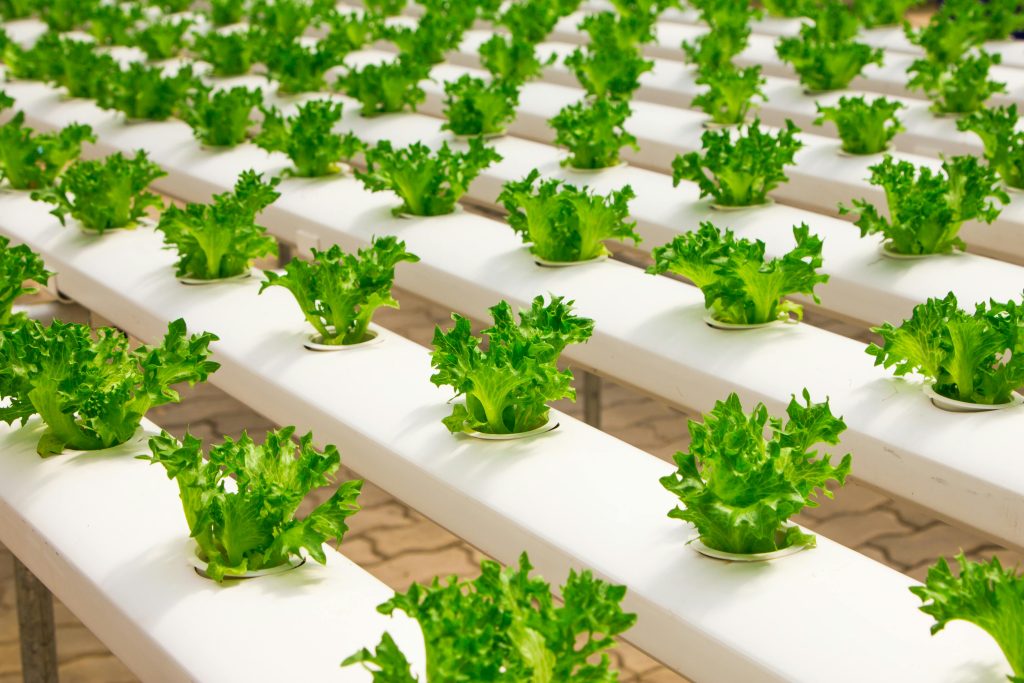
Frequently Asked Questions For How To Grow Lettuce Indoors
How Much Sunlight Does Indoor Lettuce Need?
To grow indoors, lettuce needs at least 6-8 hours of light daily.
What Type Of Containers Are Best For Growing Lettuce Indoors?
Use shallow, wide containers with drainage holes for optimal lettuce growth.
How Often Should Indoor Lettuce Be Watered?
Water lettuce when the soil feels dry to touch, usually every 2-3 days.
Can Indoor Lettuce Be Grown Without Natural Sunlight?
Yes, you can use grow lights to supplement natural light for indoor lettuce.
Conclusion
With these easy tips, you can successfully grow lettuce indoors all year round. Enjoy fresh, organic, and healthy greens right from your own home. Start your indoor lettuce garden today and elevate your culinary experience. Lettuce cultivation indoors is simple and rewarding.

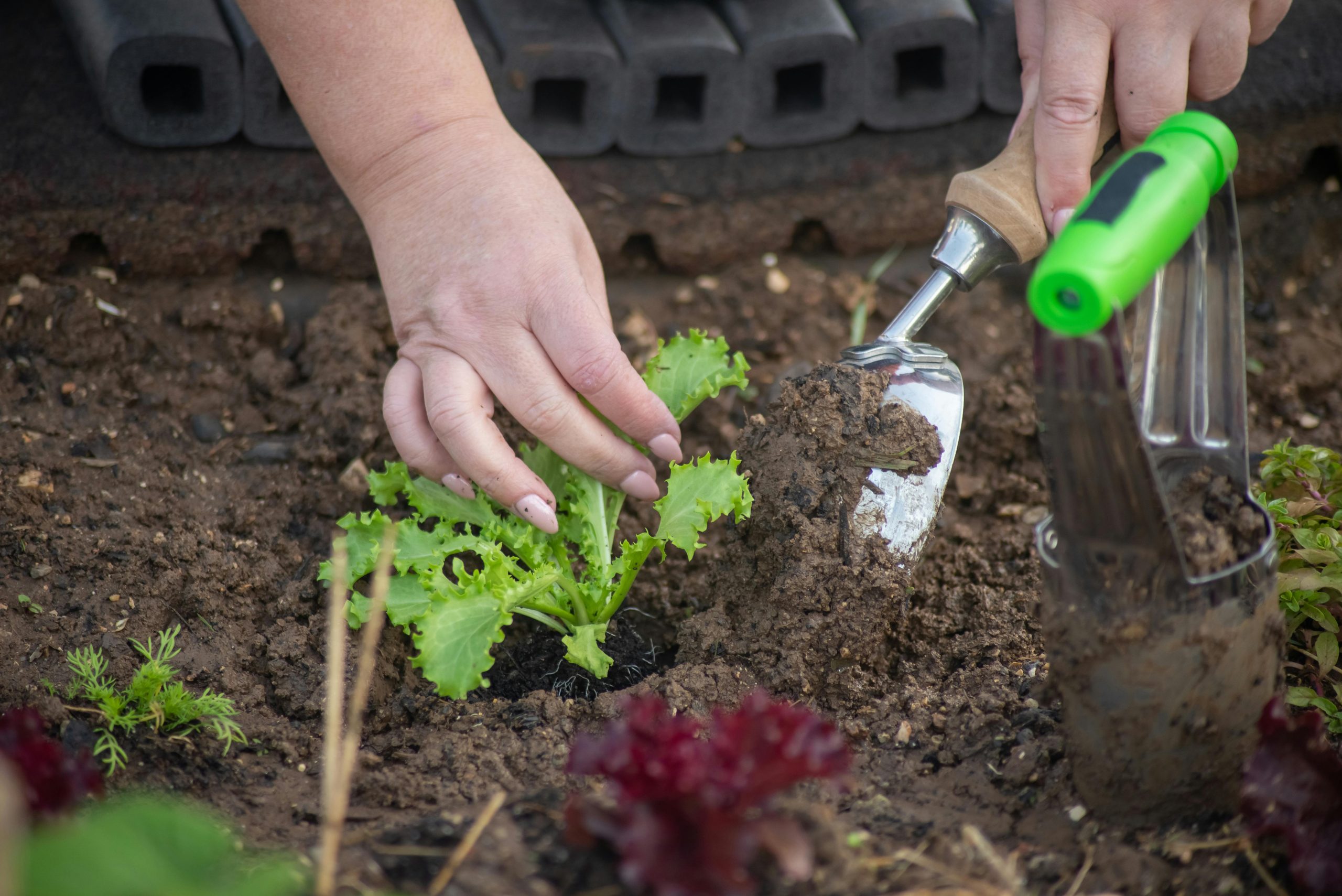

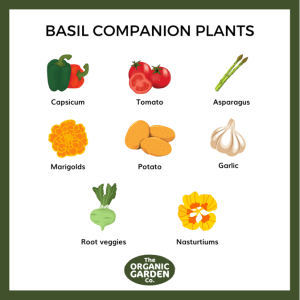


3 Responses
please tell me more